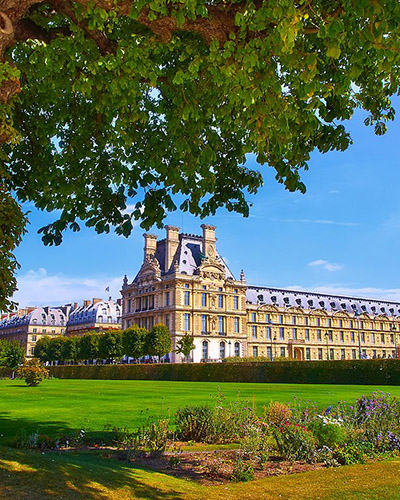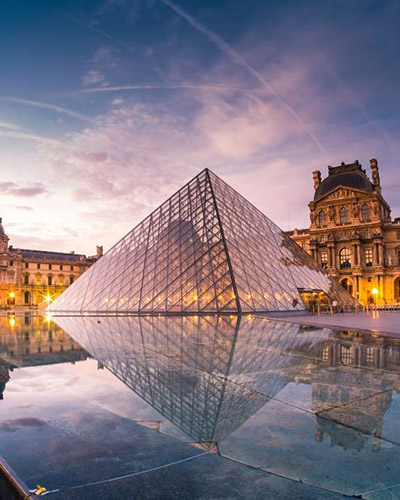British Museum
The British Museum, in the Bloomsbury area of London, England, is a public institution dedicated to human
history, art and culture. Its permanent collection of some eight million works is among the largest and most
comprehensive in existence,[3] having been widely collected during the era of the British Empire. It
documents the story of human culture from its beginnings to the present.[a] It was the first public national
museum in the world.[4] The Museum was established in 1753, largely based on the collections of the Irish
physician and scientist Sir Hans Sloane.[5] It first opened to the public in 1759, in Montagu House, on the
site of the current building. Its expansion over the following 250 years was largely a result of expanding
British colonisation and has resulted in the creation of several branch institutions, the first being the
Natural History Museum in 1881.
.jpg)
.jpg)
History
In 1973, the British Library Act 1972 detached the library department from the British Museum, but it
continued to host the now separated British Library in the same Reading Room and building as the museum
until 1997. The museum is a non-departmental public body sponsored by the Department for Digital, Culture,
Media and Sport, and as with all national museums in the UK it charges no admission fee, except for loan
exhibitions.
Its ownership of some of its most famous objects originating in other countries is disputed and remains the
subject of international controversy, most notably in the case of the Elgin Marbles[7] of Greece, and the
Rosetta Stone[8] of Egypt.
.jpg)
Although today principally a museum of cultural art objects and antiquities, the British Museum was founded
as a "universal museum". Its foundations lie in the will of the Irish physician and naturalist Sir Hans
Sloane (1660–1753), a London-based doctor and scientist from Ulster. During the course of his lifetime, and
particularly after he married the widow of a wealthy Jamaican planter,[9] Sloane gathered a large collection
of curiosities and, not wishing to see his collection broken up after death, he bequeathed it to King George
II, for the nation, for a sum of £20,000.
At that time, Sloane's collection consisted of around 71,000 objects of all kinds including some 40,000
printed books, 7,000 manuscripts, extensive natural history specimens including 337 volumes of dried plants,
prints and drawings including those by Albrecht Dürer and antiquities from Sudan, Egypt, Greece, Rome, the
Ancient Near and Far East and the Americas.
.jpg)
The British Museum is a non-departmental public body sponsored by the Department for Digital, Culture, Media
and Sport through a three-year funding agreement. Its head is the Director of the British Museum. The
British Museum was run from its inception by a 'principal librarian' (when the book collections were still
part of the museum), a role that was renamed 'director and principal librarian' in 1898, and 'director' in
1973 (on the separation of the British Library).
board of 25 trustees (with the director as their accounting officer for the purposes of reporting to
Government) is responsible for the general management and control of the museum, in accordance with the
British Museum Act 1963 and the Museums and Galleries Act 1992.
Prior to the 1963 Act, it was chaired by the Archbishop of Canterbury, the Lord Chancellor and the Speaker
of the House of Commons. The board was formed on the museum's inception to hold its collections in trust for
the nation without actually owning them themselves, and now fulfil a mainly advisory role. Trustee
appointments are governed by the regulatory framework set out in the code of practice on public appointments
issued by the Office of the Commissioner for Public Appointments.
.jpg)
Department of Egypt and Sudan
Room 61 – The famous false fresco 'Pond in a Garden' from the Tomb of Nebamun, c. 1350 BC
Room 4 – The Rosetta Stone, key to the decipherment of Egyptian hieroglyphs, 196 BC
The British Museum houses the world's largest[h] and most comprehensive collection of Egyptian antiquities
(with over 100,000[65] pieces) outside the Egyptian Museum in Cairo. A collection of immense importance for
its range and quality, it includes objects of all periods from virtually every site of importance in Egypt
and the Sudan. Together, they illustrate every aspect of the cultures of the Nile Valley (including Nubia),
from the Predynastic Neolithic period (c. 10,000 BC) through Coptic (Christian) times (12th century AD), and
up to the present day, a time-span over 11,000 years.
.jpg)
The museum is located by the southeastern slope of the Acropolis hill, on the ancient road that
led up to the "sacred rock" in classical times. Set only 280 meters (310 yd), away from the
Parthenon, and a mere 400 meters (440 yd) walking distance from it, the museum is the largest
modern building erected so close to the ancient site,[citation needed] although many other
buildings from the last 150 years are located closer to the Acropolis. The entrance to the
building is on Dionysiou Areopagitou Street and directly adjacent to the Akropoli metro station
the red line of the Athens Metro.
Egyptian antiquities have formed part of the British Museum collection ever since its foundation in 1753
after receiving 160 Egyptian objects[67] from Sir Hans Sloane. After the defeat of the French forces under
Napoleon at the Battle of the Nile in 1801, the Egyptian antiquities collected were confiscated by the
British army and presented to the British Museum in 1803. These works, which included the famed Rosetta
Stone, were the first important group of large sculptures to be acquired by the museum. Thereafter, the UK
appointed Henry Salt as consul in Egypt who amassed a huge collection of antiquities, some of which were
assembled and transported with great ingenuity by the famous Italian explorer Giovanni Belzoni. Most of the
antiquities Salt collected were purchased by the British Museum and the Musée du Louvre.
.jpg)
.jpg)
.jpg)
.jpg)
.jpg)
.jpg)







